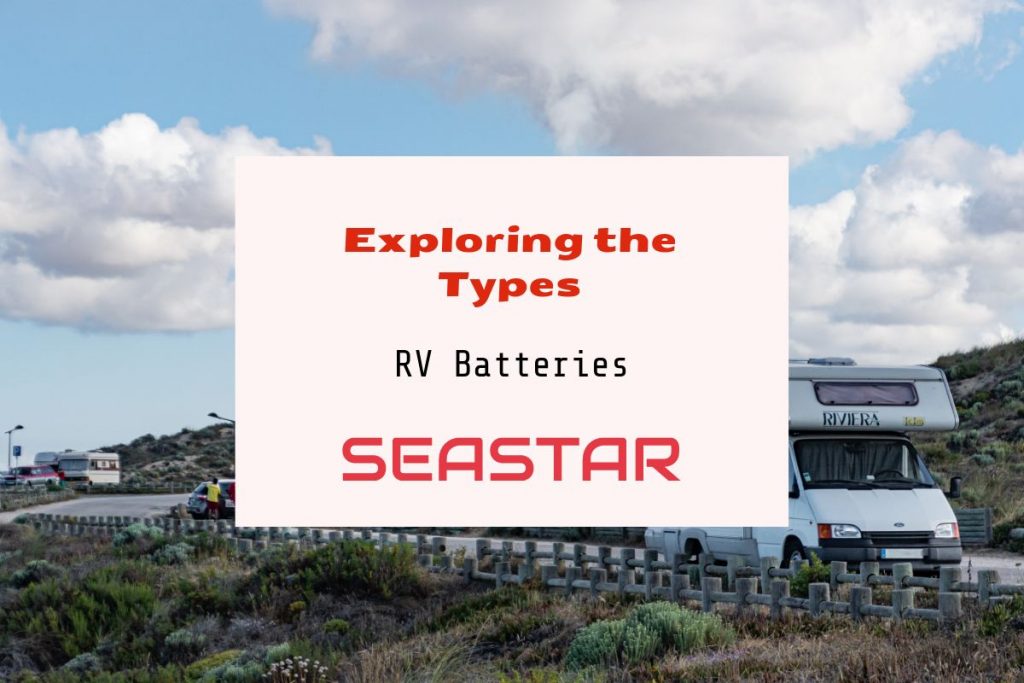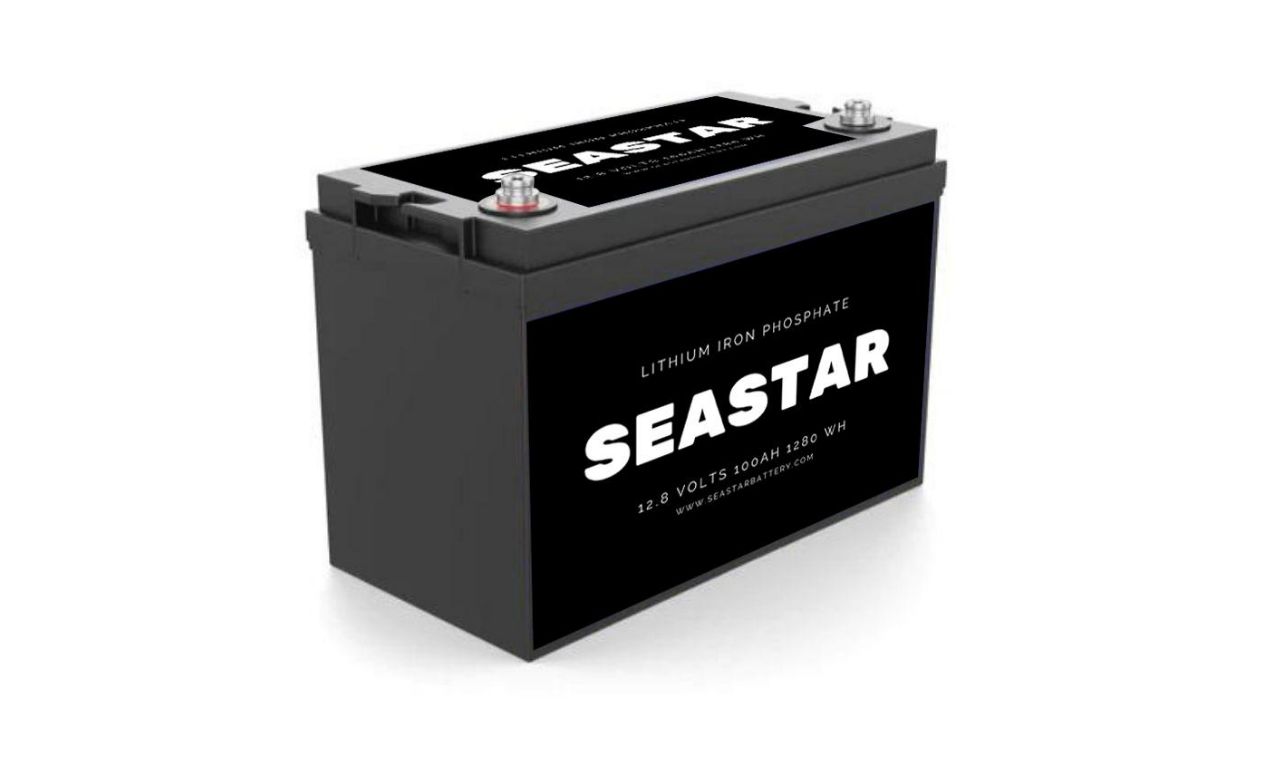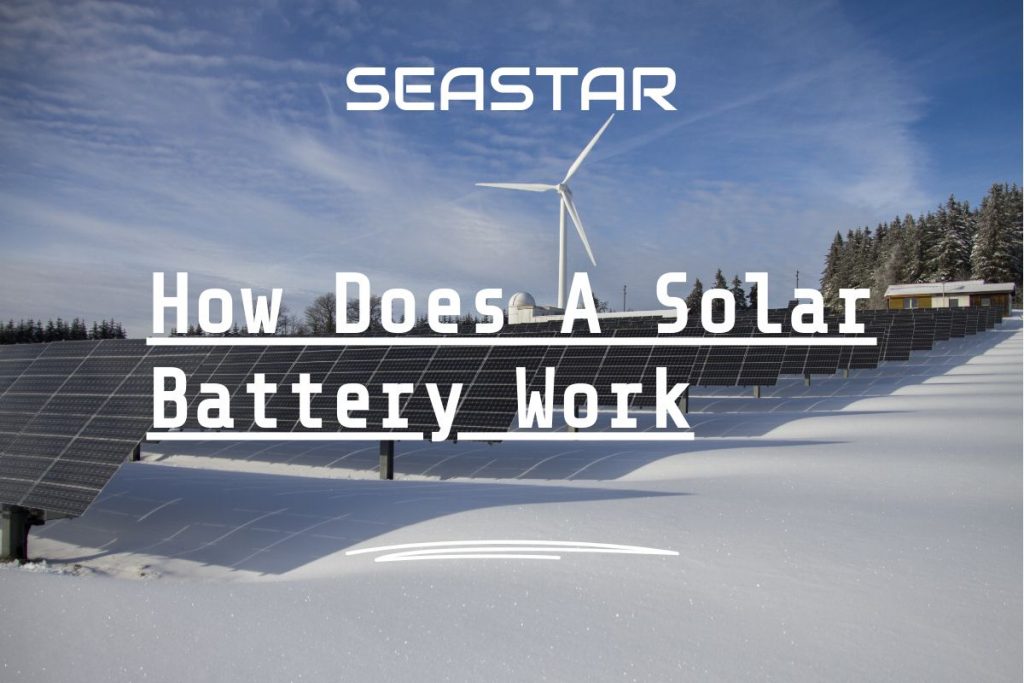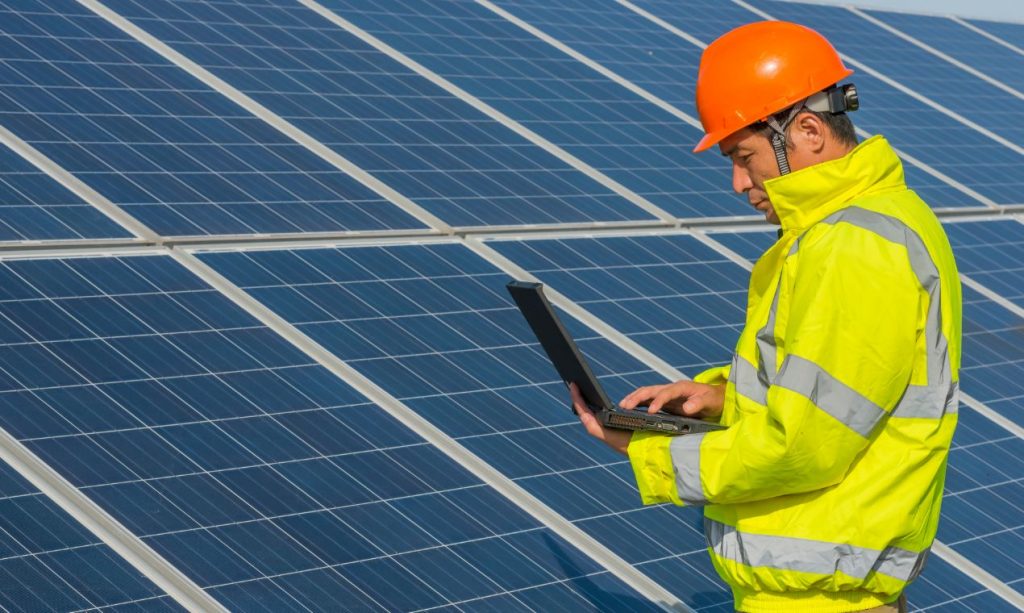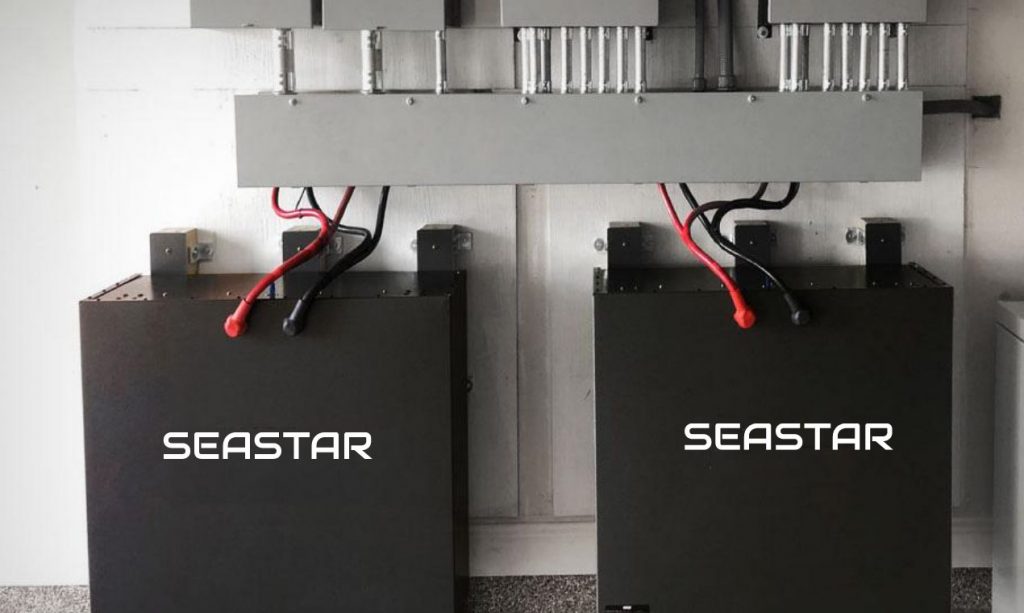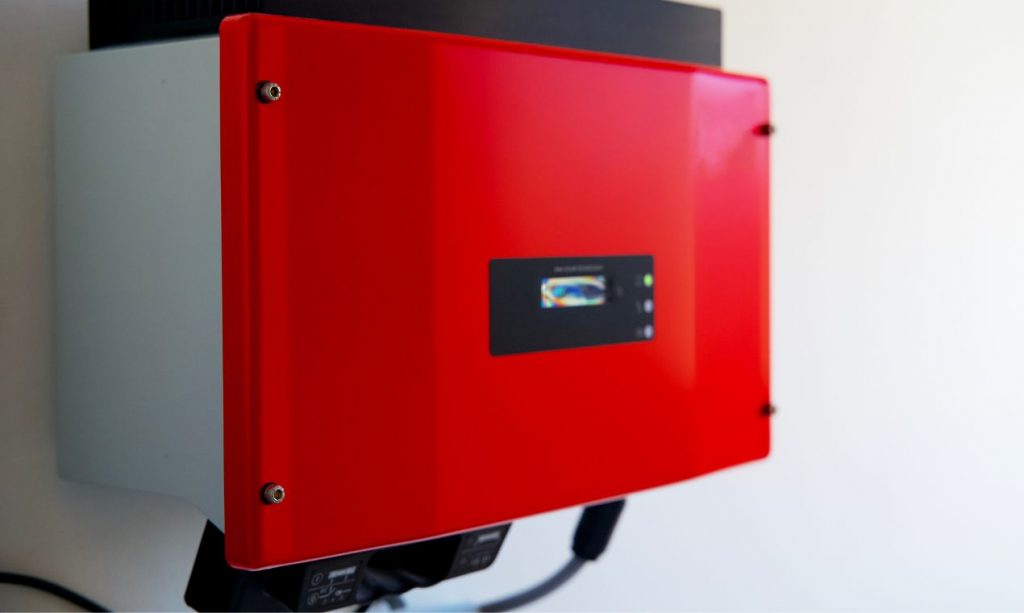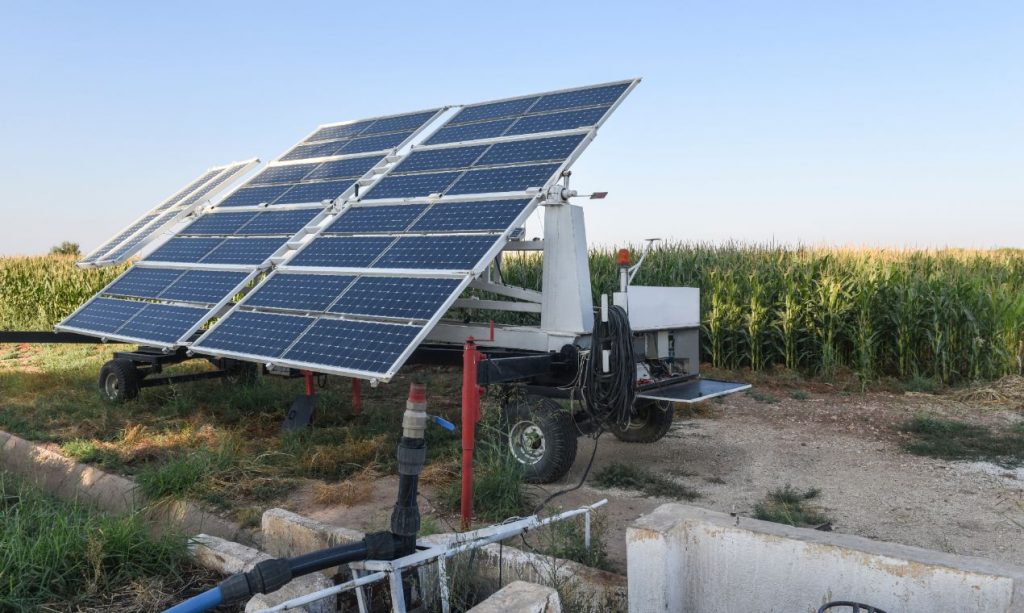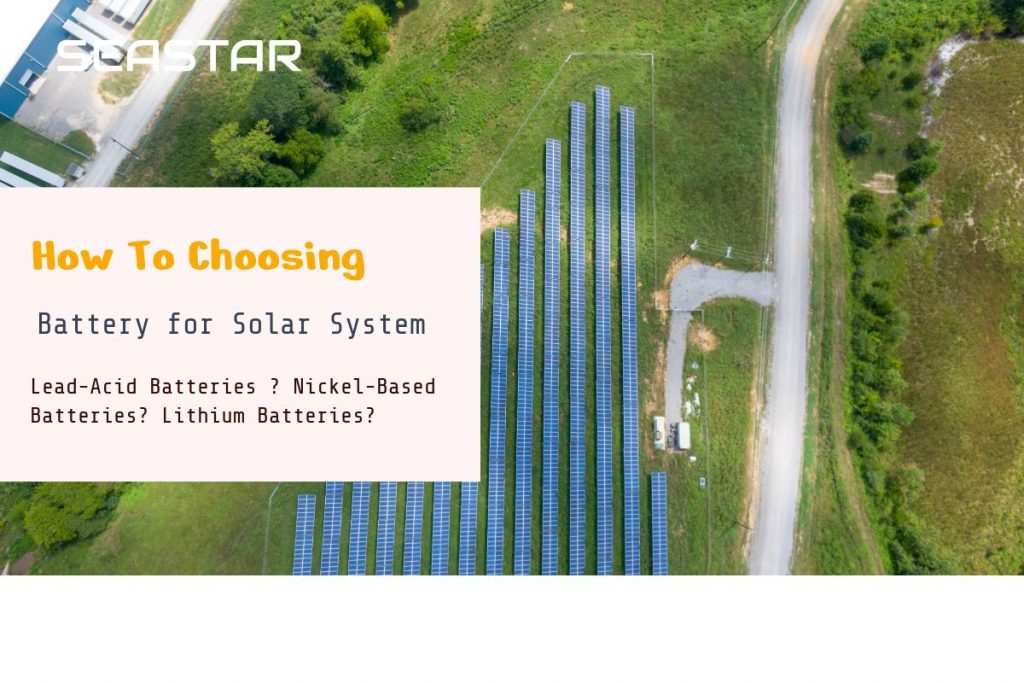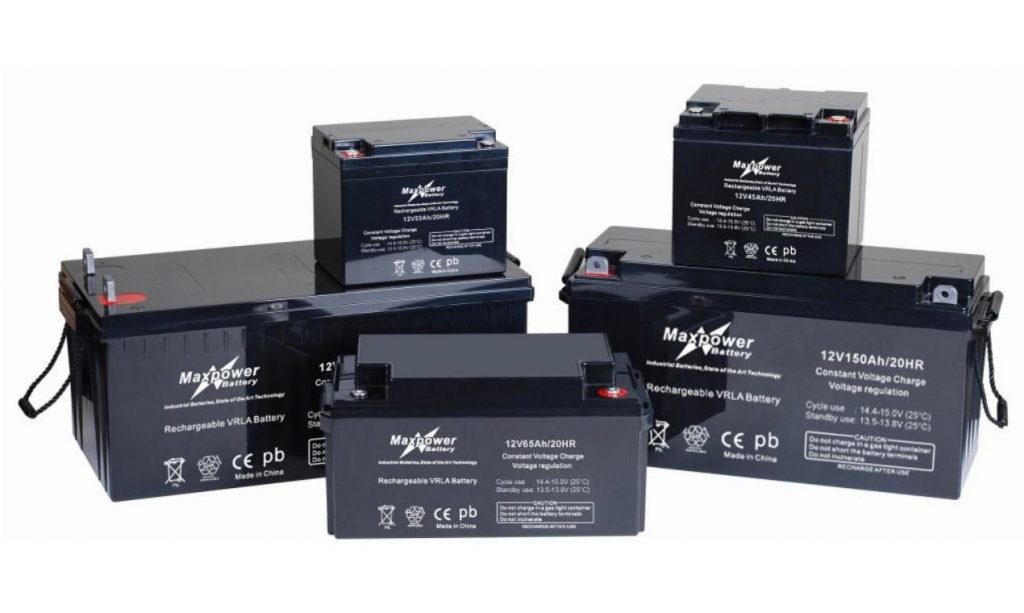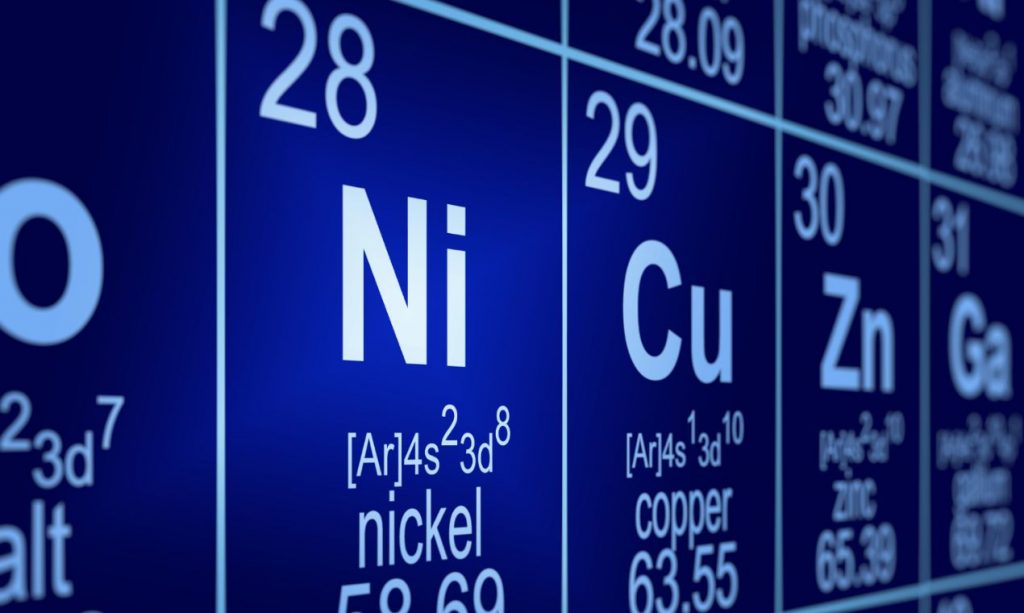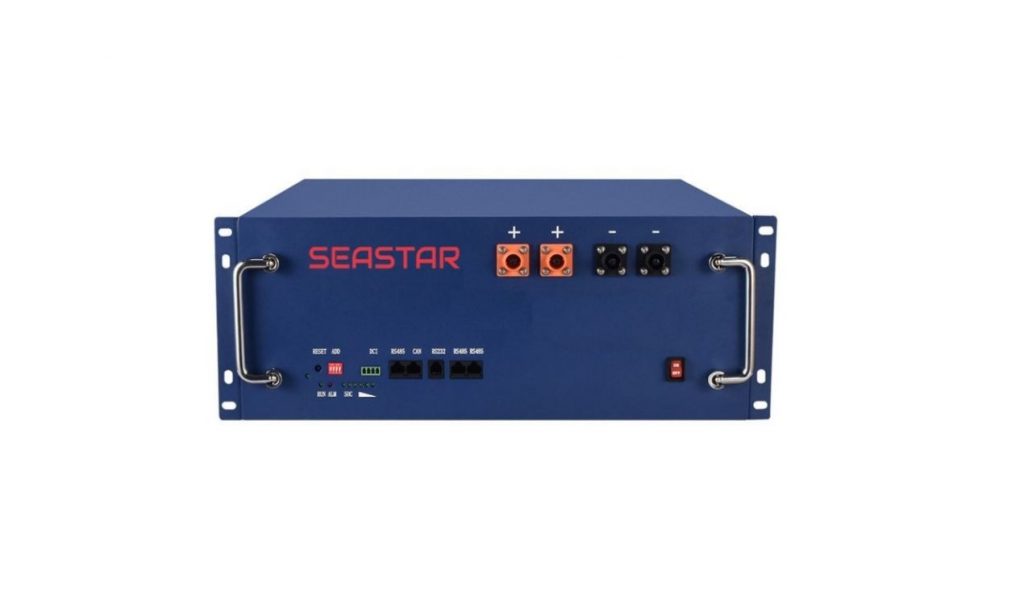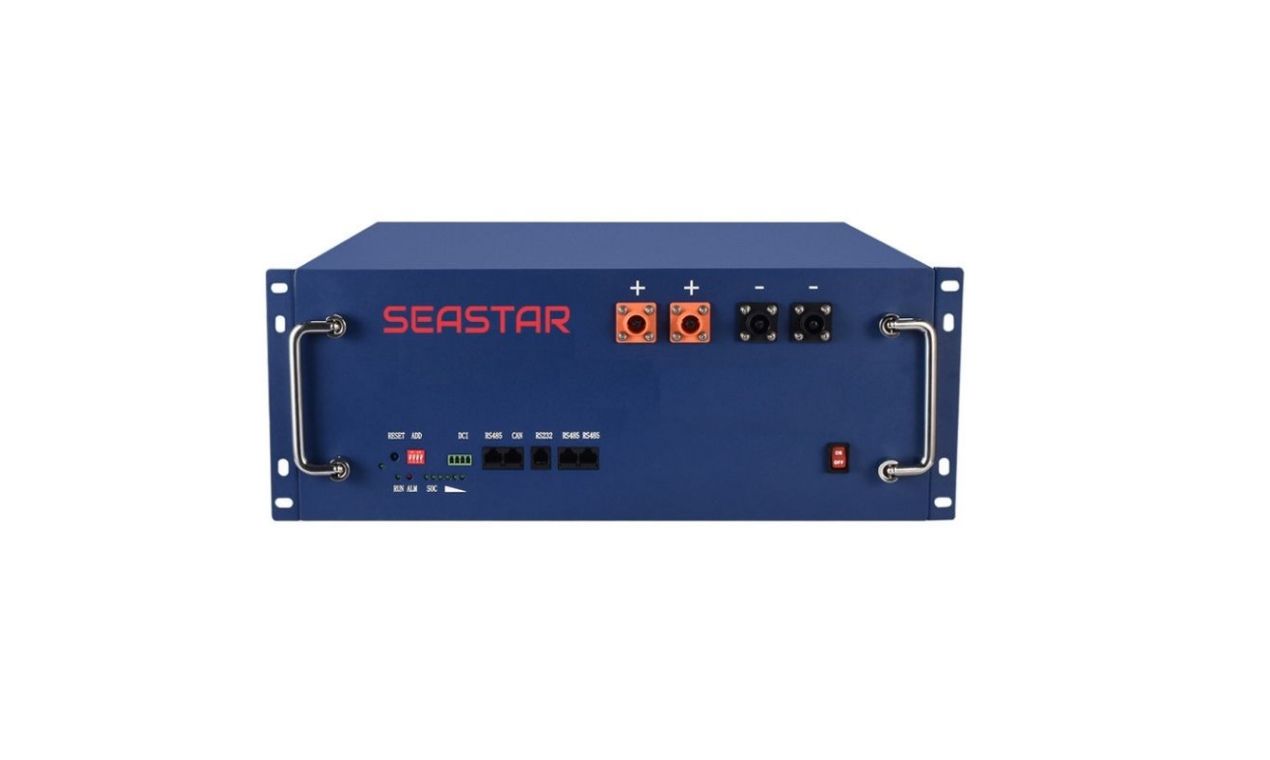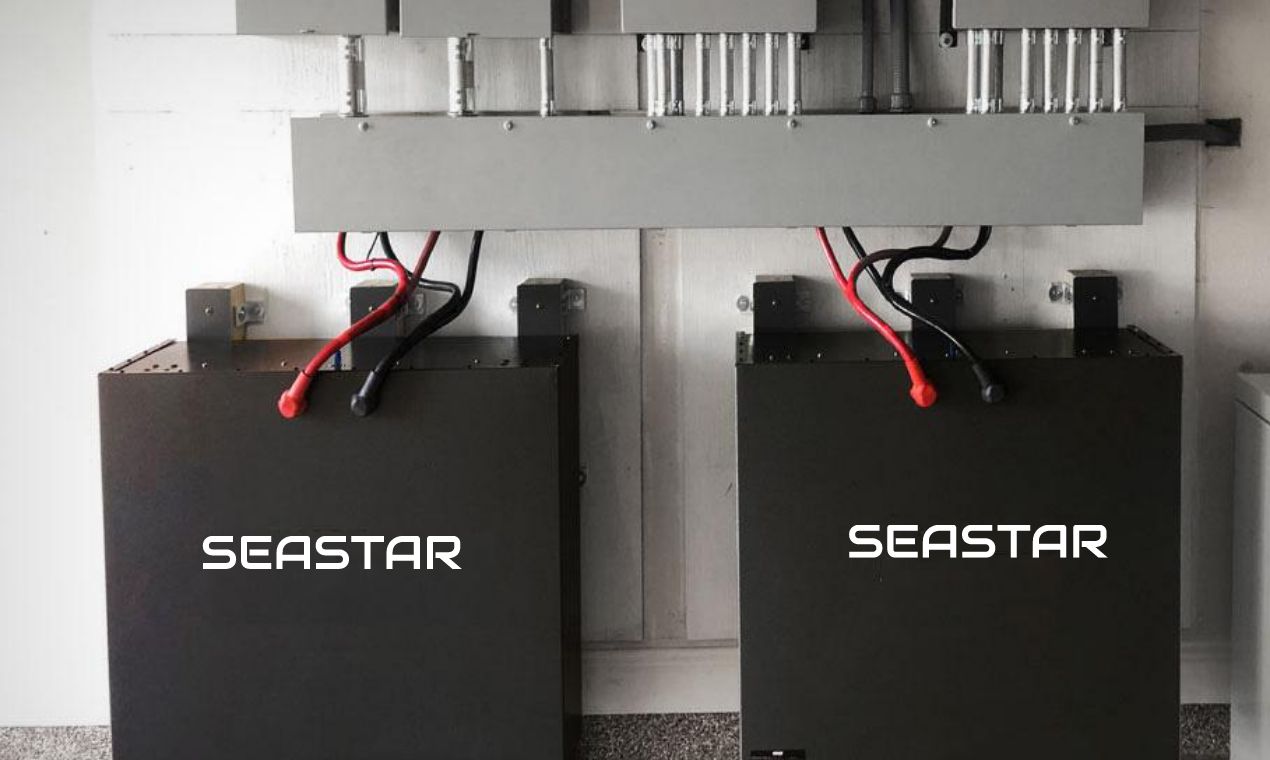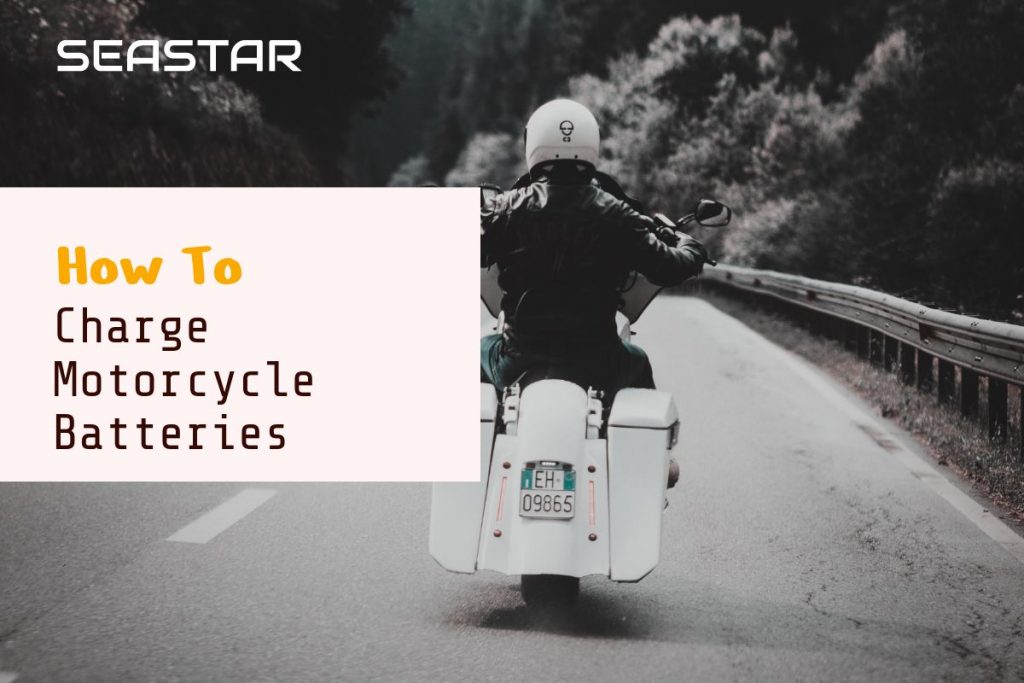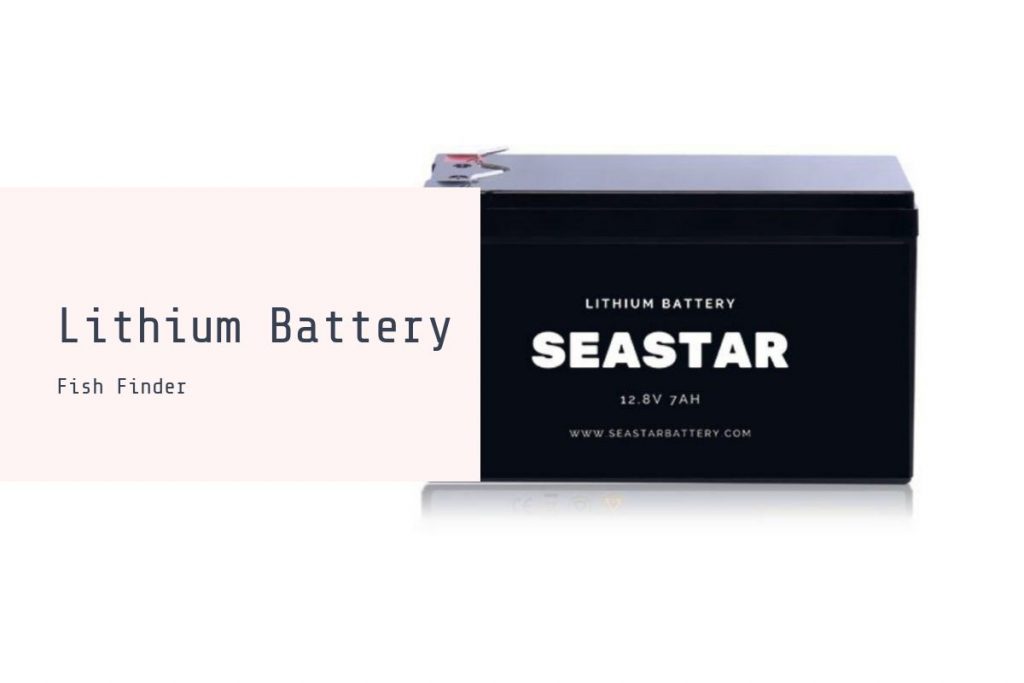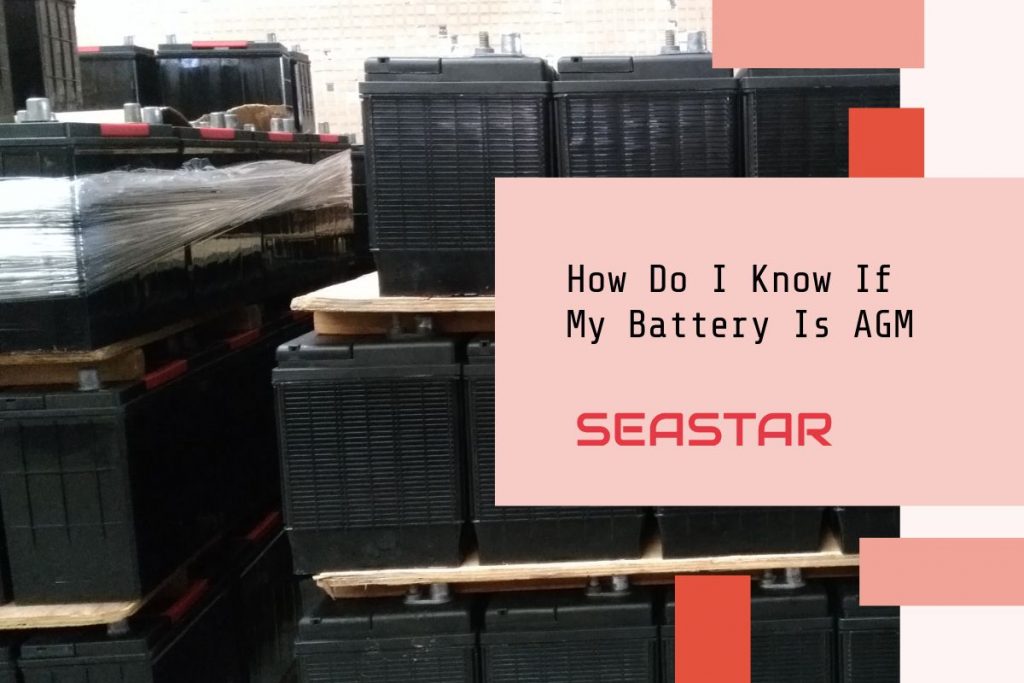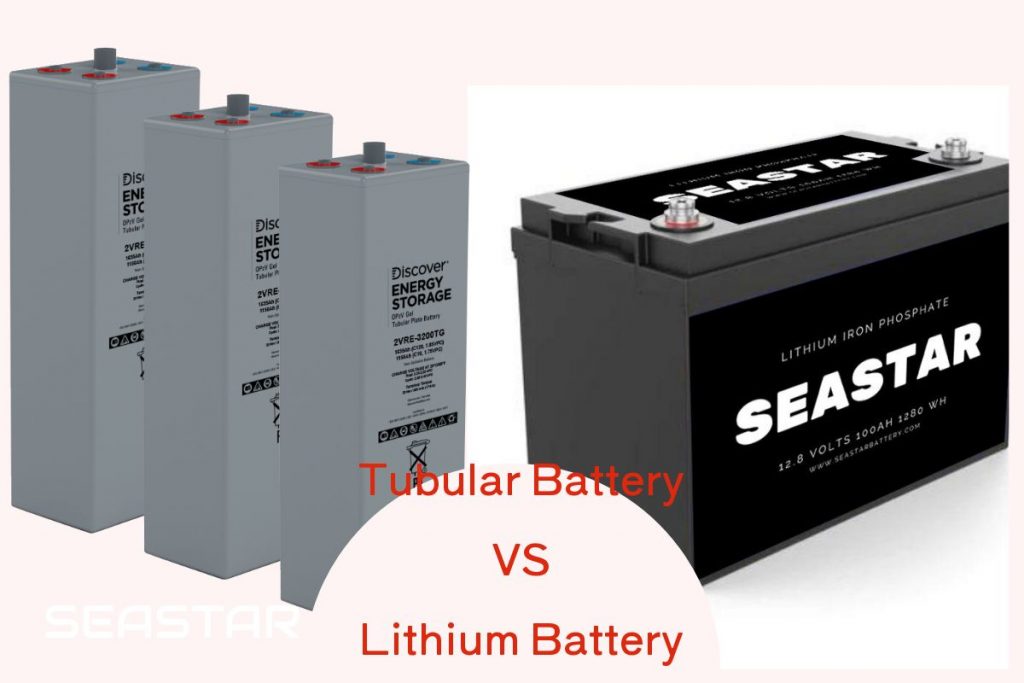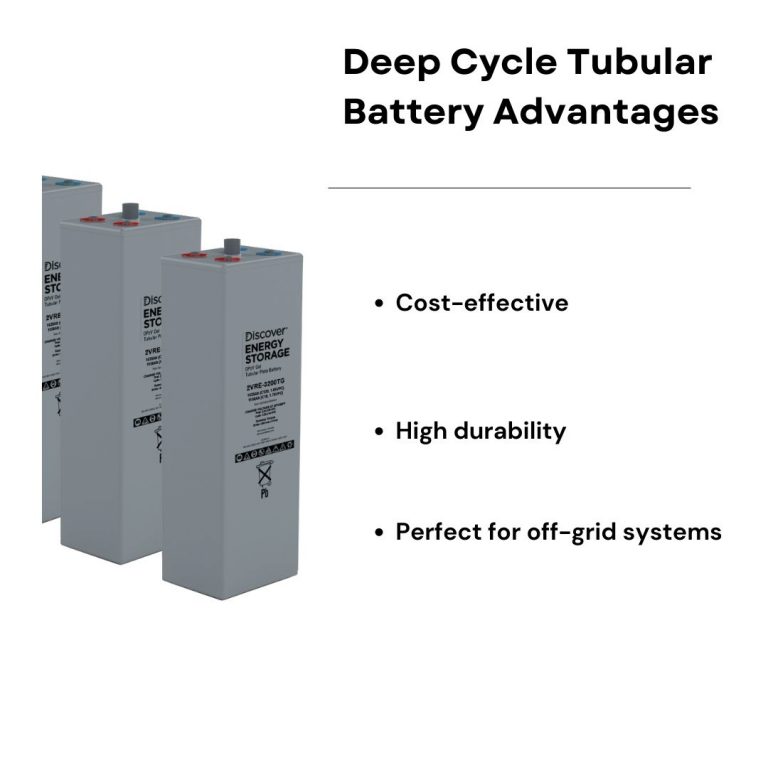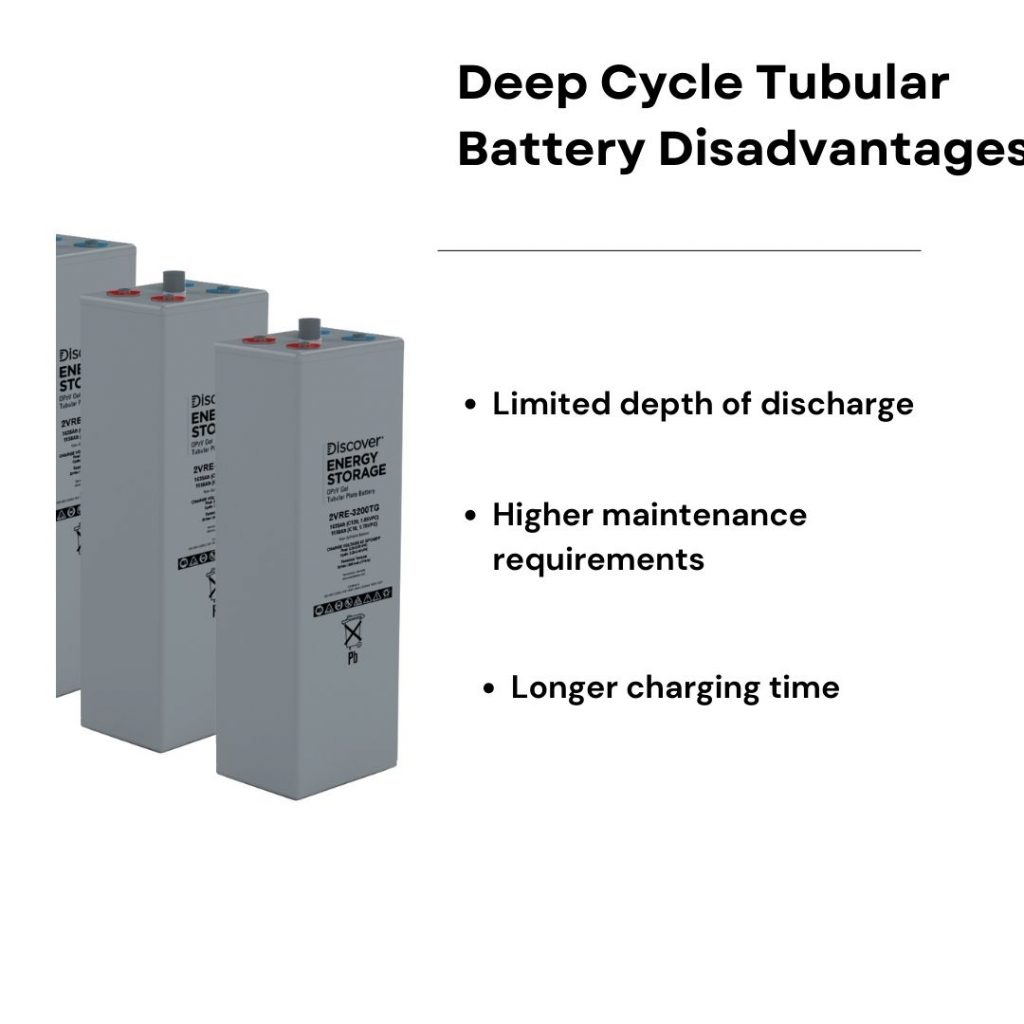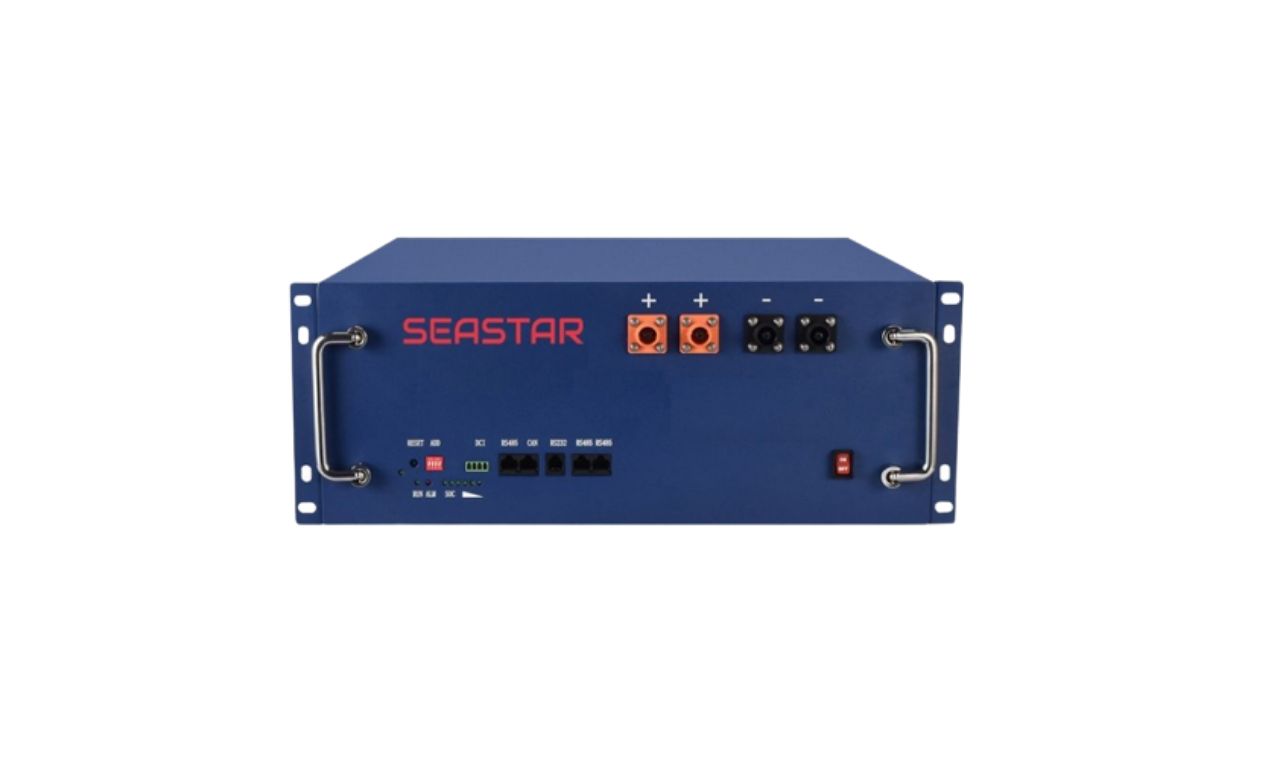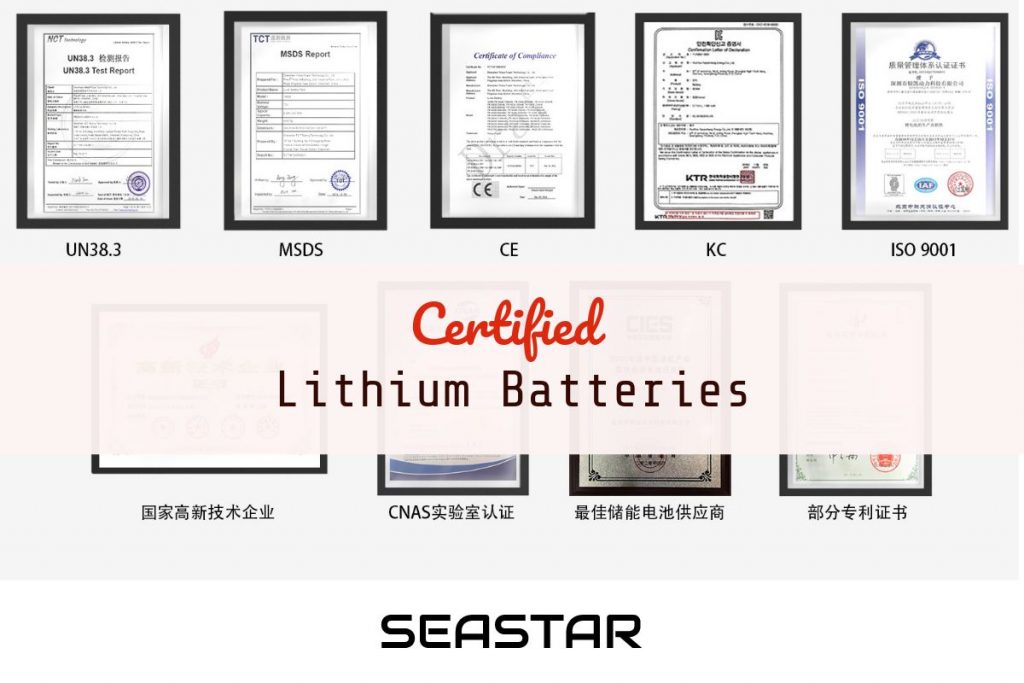Seastar Battery: Choosing Between Group 34 and Group 35 Batteries for Aviation Applications
Make the right choice for your aviation power systems. Seastar Battery, a leading lithium battery manufacturer in Shenzhen, China, understands the importance of informed decisions. In this blog post, we’ll explore the differences between Group 34 and Group 35 batteries and how to choose the best one for your aviation applications.
Table of Contents
Group 34 Batteries: Compact, Versatile, and Efficient
When space is limited, Group 34 batteries deliver big results. Here’s why they’re a popular choice:
- Space Efficiency: Maximize energy density with minimal space requirements. Perfect for aircraft with limited battery compartments.
- Lightweight: Improve fuel efficiency and overall aircraft performance with their lightweight design.
- Versatility: Use them for starting, emergency backup, and auxiliary power units.
- Group 34 Batteries dimensions:10.25 (L) x 6.8125 (W) x 7.875 (H) inches
Group 35 Batteries: Power and Durability for Demanding Systems
When performance and capacity matter, Group 35 batteries rise to the challenge. Here’s what they offer:
Increased Capacity: Get a longer power supply for high-demand systems or sustained power needs.
Performance: Expect robust power for starting engines and supporting critical systems.
Durability: Built tough to withstand heavy-duty use and harsh aviation environments.
Aircraft Battery Types
Seastar Battery aims to provide a comprehensive overview of the various aircraft battery types available in the market. Here is a detailed list of aircraft battery types:
- Lead Acid Batteries
- Conventional Lead Acid Batteries
- Sealed Lead Acid (SLA) Batteries
- Nickel-Cadmium (Ni-Cd) Batteries
- Nickel-Metal Hydride (Ni-MH) Batteries
- Lithium-Ion (Li-ion) Batteries
- Lithium Iron Phosphate (LiFePO4) Batteries
- Nickel-Zinc (Ni-Zn) Batteries
- Silver-Zinc (Ag-Zn) Batteries
- Fuel Cell Systems:
- Hydrogen Fuel Cells
Aircraft Battery Voltage
Seastar Battery aims to provide a comprehensive overview of aircraft battery voltages. Here is a detailed list of commonly used aircraft battery voltages:
12V Systems:
- 12V Lead Acid Batteries
- 12V Lithium-Ion Batteries
24V Systems:
- 24V Lead Acid Batteries
- 24V Lithium-Ion Batteries
28V Systems:
- 28V Lead Acid Batteries
- 28V Lithium-Ion Batteries
48V Systems:
- 48V Lithium-Ion Batteries
72V Systems:
- 72V Lithium-Ion Batteries
96V Systems:
- 96V Lithium-Ion Batteries
144V Systems:
- 144V Lithium-Ion Batteries
- Custom Voltage Systems:
Customized battery voltages based on specific aircraft requirements
It’s important to note that different aircraft systems may have specific voltage requirements depending on their electrical architecture and components. Seastar Battery specializes in providing customized lithium battery solutions for aircraft applications, including various voltage options. Our team of experts can work closely with you to determine the most suitable voltage for your aircraft’s specific needs.
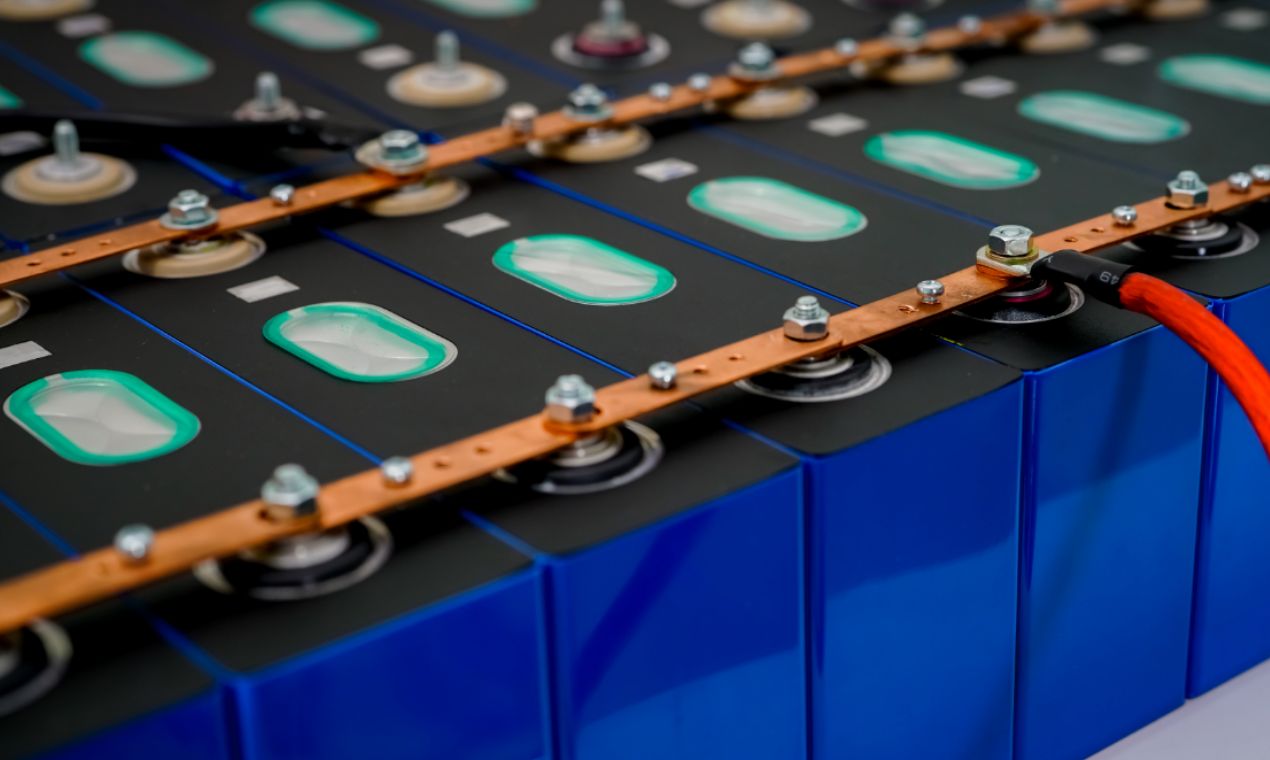
Custom Lithium Battery Pack
We can produce 48V Lithium Ion Batteries, Lifepo4 Batteries, Lithium Car Batteries, Lithium Forklift batteries, Golf Cart Lithium batteries. No matter if you are looking for a lithium battery supplier or if you need a custom-made lithium battery, we can all help. Send an inquiry to get an instant quote now
Aviation Standard Test Battery
At Seastar Battery, we prioritize the reliability and safety of our aviation batteries. Our standard tests include:
Ensure Structural Integrity with Mechanical Testing: Vibration and Shock Tests.
Assess Performance in Extreme Conditions with Environmental Testing: Temperature Cycling and Thermal Shock Tests.
Test Electrical Performance: Capacity, Discharge Rate, Overcharge/Over-discharge, and Internal Resistance.
Evaluate Safety Features with Safety Testing: Short Circuit, Crush, and Impact Tests.
Assess Longevity and Stability with Electrochemical Testing: Cycle Life and Aging Tests.
Choosing the Right Battery: Factors to Consider
Finding the right battery for your aviation application is crucial. Here’s what to keep in mind:
Aircraft Requirements: Assess power demands to determine if a compact Group 34 or higher-capacity Group 35 battery is the perfect fit.
Space Constraints: Consider the available battery compartment space in your aircraft to make the right choice.
Power Demands: Evaluate the duration and intensity of power requirements for your aircraft systems.
Seastar Battery: Your Trusted Aviation Battery Provider
When it comes to aviation power, Seastar Battery has you covered. We offer high-quality lithium batteries that deliver reliable performance, optimal energy density, and enhanced safety. Whether you choose Group 34 or Group 35 batteries, you can trust our expertise in lithium battery manufacturing to provide exceptional quality and longevity.
Contact Seastar Battery today to discuss your aviation power needs and explore our comprehensive battery solutions. Trust us to meet the highest industry standards and make a difference in your aircraft’s performance.

